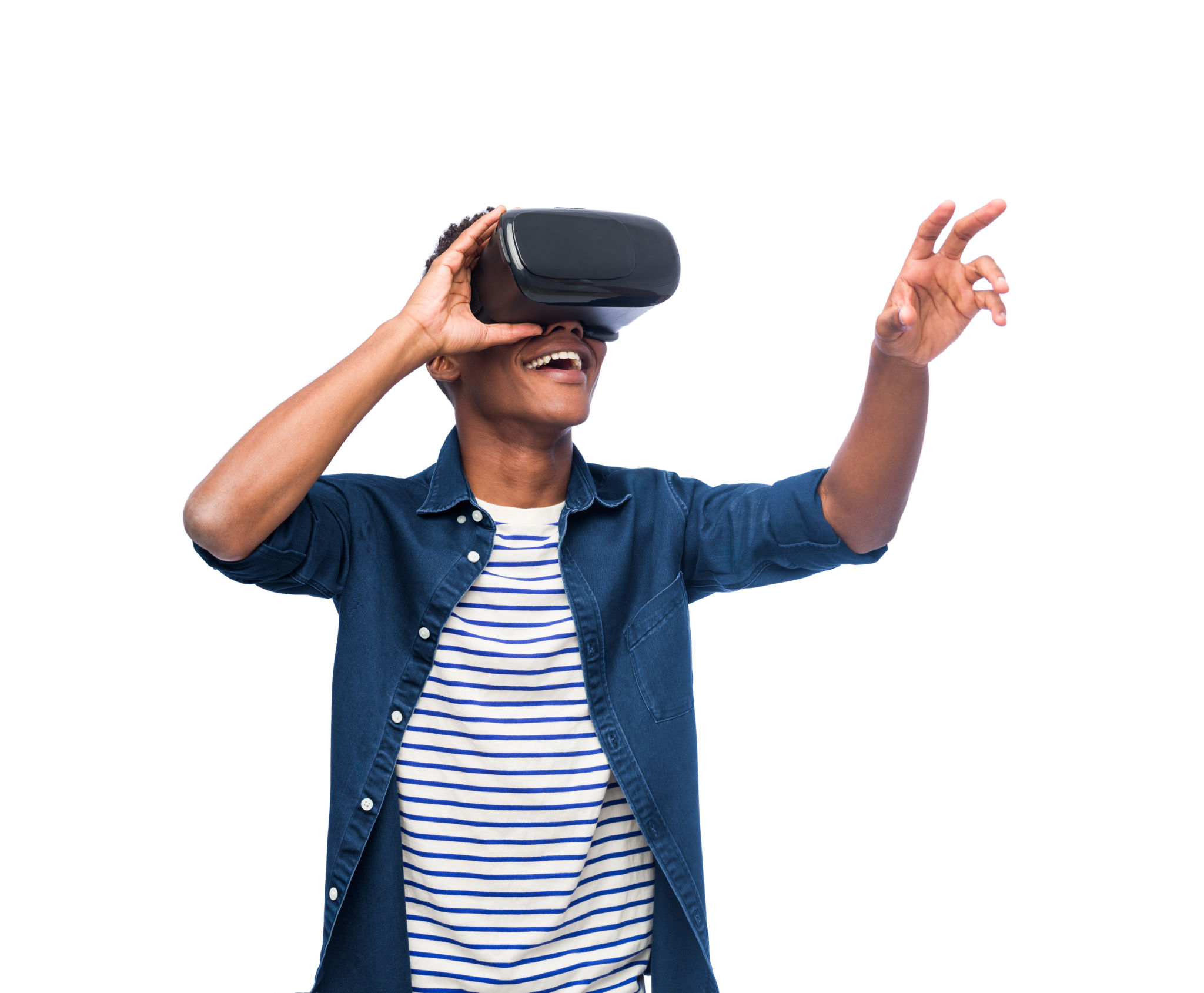Back to School: Transforming Classrooms with VR Educational Tools
Revolutionizing the Learning Experience
As the new school year approaches, educators are continuously seeking innovative ways to enhance the classroom experience. One of the most exciting advancements in educational technology is the use of Virtual Reality (VR) tools. By integrating VR into classrooms, teachers can transform traditional learning environments into immersive, interactive experiences that captivate students' attention and foster deeper understanding.
VR educational tools offer a multitude of benefits, including the ability to visualize complex concepts, explore distant locations, and interact with historical events in real-time. These tools not only make learning more engaging but also cater to various learning styles, ensuring that every student has the opportunity to thrive.

Enhancing STEM Education
In the realm of STEM (Science, Technology, Engineering, and Mathematics) education, VR tools are particularly impactful. They allow students to conduct virtual experiments, explore molecular structures, and even simulate space missions. This hands-on approach helps students grasp difficult concepts more easily and encourages them to pursue careers in STEM fields.
For example, students can dive into a cell to observe its components or walk through a digital landscape to study geological formations. These experiences provide a level of interaction that traditional textbooks cannot match, making complicated subjects more tangible and understandable.
Exploring History and Culture
Beyond STEM subjects, VR educational tools also offer immense potential for learning history and cultural studies. Students can virtually visit ancient civilizations, witness historic events firsthand, and explore diverse cultures around the globe without leaving the classroom. This immersive approach not only enhances historical understanding but also promotes empathy and cultural awareness among students.

Imagine a history lesson where students can explore the pyramids of Egypt or walk through the streets of ancient Rome. These experiences allow students to connect with the past in a way that is both educational and exciting.
Improving Accessibility and Inclusivity
One of the most significant advantages of VR educational tools is their potential to improve accessibility for students with different needs. VR can provide alternative ways for students to engage with content, breaking down barriers to learning for those with physical or cognitive challenges.
For instance, VR can offer virtual field trips to students who might not otherwise be able to participate due to mobility issues. Additionally, it can present information in various formats—visual, auditory, or kinesthetic—ensuring that all students have equal opportunities to learn.

Preparing for the Future
As technology continues to evolve, preparing students for the future workforce becomes increasingly important. VR educational tools not only teach specific subject matter but also help students develop critical 21st-century skills such as problem-solving, collaboration, and digital literacy.
By incorporating VR into the curriculum, educators can equip students with the tools they need to navigate an ever-changing world. This forward-thinking approach positions students for success in both their academic and professional endeavors.
The Future of Education is Here
In conclusion, VR educational tools are revolutionizing the way students learn by providing immersive and interactive experiences that are both engaging and effective. As schools gear up for another academic year, integrating VR into classrooms offers an exciting opportunity to enhance education and prepare students for a bright future.
The potential of VR in education is vast, and as these technologies continue to develop, their impact on learning will only grow stronger. Embracing these tools today sets the stage for a more dynamic and inclusive educational landscape tomorrow.